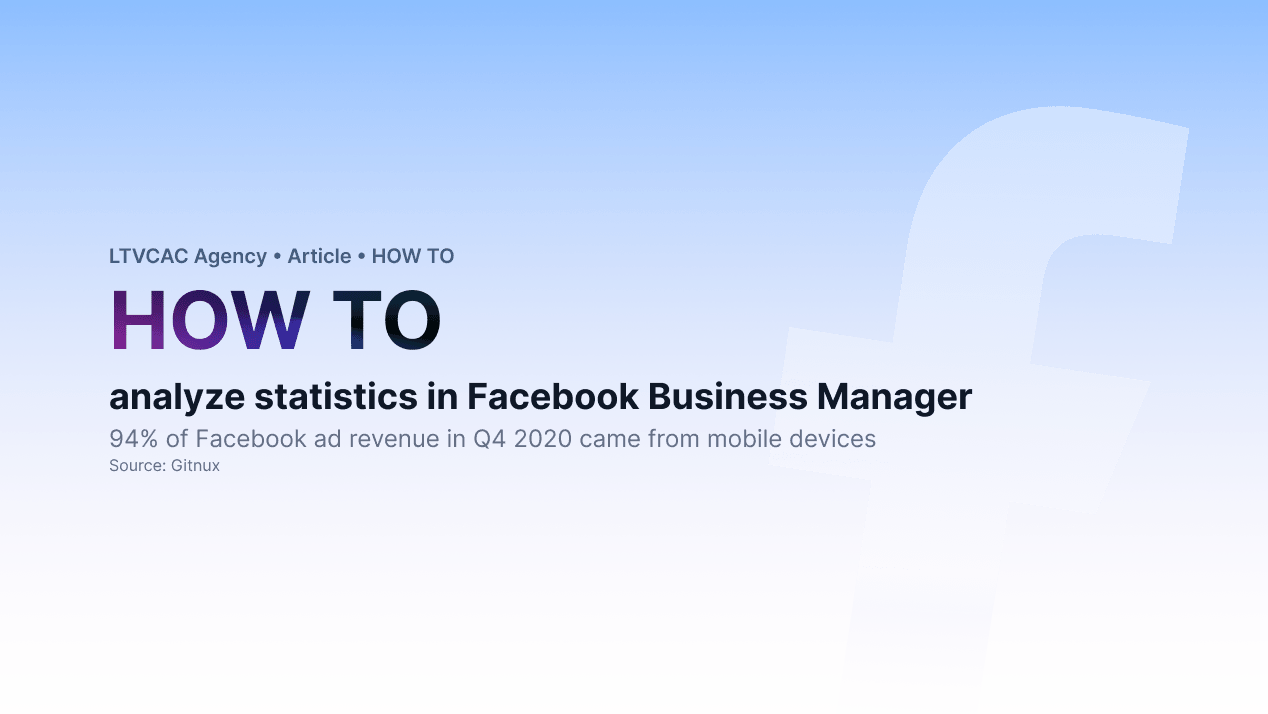A Comprehensive Guide to Analyzing Stats in Facebook's Ads Manager
When it comes to Facebook Ads, you can potentially reach over 2 billion people, giving your business a significant boost. Many businesses are already using Facebook Ads to connect with their target audience effectively.
However, it's important to remember that you're not the only one advertising on Facebook, which means there's stiff competition. To navigate this, you need to know which campaigns are working and which ones need improvement. The key to this knowledge lies in analyzing your data. In this guide, we'll dive into Facebook Ads analytics, showing you how to monitor ad performance and interpret data to make smart decisions for your advertising strategy.
